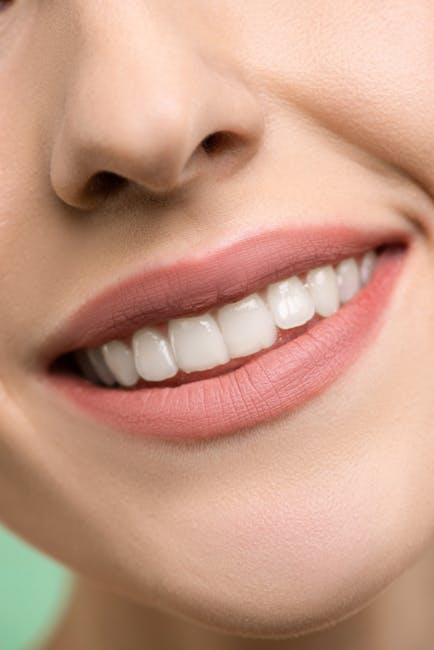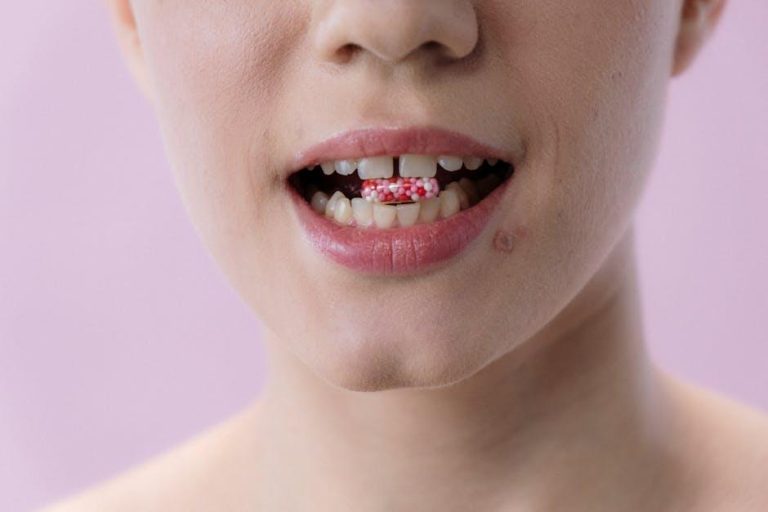
The Alarming Increase Of Unlicensed Cosmetic Dentistry: How Veneers And Aesthetic Dental Trends Can Lead To Health Risks
In recent years, cosmetic dentistry has surged in popularity with veneers, teeth whitening, and other aesthetic dental trends becoming mainstream. However, the rise in unlicensed cosmetic dentistry practitioners — those offering veneers and other dental procedures without proper certification — poses significant risks to oral health and overall wellbeing. This article explores the dangers of unlicensed cosmetic dentistry, the potential health complications from unauthorized veneers, and how to identify safe dental care for your smile.
Understanding the Rise of Unlicensed Cosmetic Dentistry
The demand for a picture-perfect smile has never been higher. Social media influencers, celebrities, and evolving beauty standards have made cosmetic dental enhancements like veneers and teeth whitening highly sought after. Unfortunately, this demand has created a lucrative market for unlicensed individuals who offer cheaper, unregulated dental services without proper qualifications.
Unlicensed cosmetic dentistry typically involves:
- Performing dental procedures without formal dental degrees or licenses.
- Using substandard or harmful materials for veneers and whitening treatments.
- Operating outside of regulated clinics, often in informal or unauthorized settings.
Health Risks of Getting Veneers from Unlicensed Practitioners
Veneers are thin shells designed to cover the front surface of teeth to enhance aesthetics. While they can be safe and effective when applied by licensed dentists, veneers from unlicensed providers can lead to a range of serious complications.
Common Health Risks and Complications
| Health Risk | Cause | Potential Consequences |
|---|---|---|
| Tooth Decay | Poor fitting veneers creating spaces for bacteria | Cavities, infections requiring root canals or extraction |
| Gum Disease | Irritation and inflammation due to rough edges or adhesives | Gingivitis, periodontitis, possible tooth loss |
| Allergic Reactions | Use of unapproved dental materials or chemicals | Swelling, pain, oral tissue damage |
| Tooth Sensitivity | Excessive enamel removal or poor bonding technique | Persistent pain, discomfort while eating or drinking |
| Infections | Non-sterile equipment and improper technique | Abscesses, systemic infections, serious health risks |
Why Are Cosmetic Dental Trends Making Unlicensed Practices More Common?
The desire for rapid, affordable results coupled with the glamorization of perfect smiles has contributed to the growth of non-professional cosmetic procedures. Factors include:
- Cost-Effectiveness: Licensed cosmetic dentistry is often expensive, pushing clients toward cheaper, risky alternatives.
- Social Media Influence: Quick before-and-after transformations encourage impulsive decisions without proper research.
- Accessibility: Internet platforms and social media facilitate easy promotion by unlicensed providers offering at-home or pop-up services.
- Lack of Regulation: Some regions have weak enforcement regarding dental practice licensing and advertising standards.
Real-Life Case Studies: Consequences of Unlicensed Veneers
Case 1: Infection Following DIY Veneers
Maria, 28, chose a popular unlicensed clinic for budget veneers. Shortly after the procedure, she developed swollen gums and severe pain. An emergency dentist diagnosed a deep tooth infection caused by poorly fitted veneers and non-sterile conditions, leading to multiple treatments and considerable cost over time.
Case 2: Permanent Tooth Damage from Unauthorized Procedure
John, 35, received veneers through an unverified provider advertising fast results. Excessive enamel removal weakened his natural teeth, causing sensitivity and chipping. Ultimately, he needed extensive restorative dental work from a licensed professional.
Benefits of Choosing Licensed Cosmetic Dentistry
Although cosmetic dental treatments can be a significant investment, licensed professionals provide:
- Expertise and Proper Diagnosis: Thorough oral examinations ensure veneer suitability without compromising dental health.
- High-Quality Materials: Safe and tested dental composites and porcelains for durable, natural-looking results.
- Infection Control: Sterile environments minimize the risk of cross-contamination and infections.
- Aftercare and Support: Professional follow-up care for ensuring long-lasting effects and managing complications.
Practical Tips: How to Avoid Unlicensed Cosmetic Dentistry Risks
- Verify Licenses: Always check the practitioner’s credentials with local dental boards or professional organizations.
- Seek Referrals: Ask friends, family, or your general dentist for recommendations.
- Research Reviews: Browse online testimonials and look for red flags such as unrealistic promises or negative experiences.
- Don’t Rush: Avoid impulsive decisions based on social media ads—schedule consultations to understand procedures clearly.
- Avoid Extremely Low Prices: If the cost sounds too good to be true, it probably is.
- Request Before/After Photos: Legitimate professionals will confidently show you their work portfolio.
- Check for Proper Facilities: Treatments should be done in certified dental clinics with hygienic equipment.
Conclusion: Protect Your Smile by Choosing Wisely
The booming interest in aesthetic dental procedures like veneers undoubtedly reflects growing beauty trends and self-confidence goals. However, the alarming increase of unlicensed cosmetic dentistry presents significant oral health risks that can lead to infections, irreversible tooth damage, and costly treatments. Prioritizing licensed dental professionals ensures safer, more effective results and protects your long-term health.
If you’re considering veneers or other cosmetic treatments, educate yourself, consult trusted experts, and be cautious of shortcuts promising miraculous smile makeovers. Your smile deserves the best care — never compromise on it.


